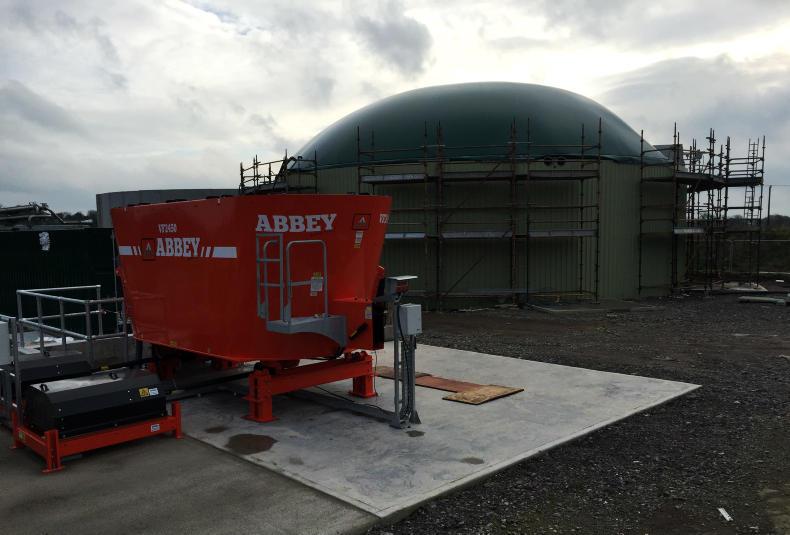1. Securing finance
A farm-scale anaerobic digestor (AD) and ancillary works cost several million euros, which is unlikely to be funded out of pocket by many farmers.
With incentives in the Republic likely to be less generous than existing subsidies in the UK, we can also expect the minimum size of a profitable project to be larger here. Farmers and developers will need to raise finance and banks will only start lending to them once the technology and business model are proven.
In the meantime, KPMG director Russel Smyth says it is possible to raise so-called project finance from investors willing to take the risk without taking huge tracts of land as security, provided that several standardised projects come together and offer a 12% return.
“In Northern Ireland, we had 10 farmers who agreed on the same technology, power purchase agreement and lease. We were able to go to institutional investors for €30m,” Smyth said.
He added that showing long-term supply contracts for feedstocks such as slurry or silage was crucial in securing funding.
2. Obtaining planning permission
While there have been few objections to the handful of AD plants going through the Irish planning process so far, this is a new type of development without a unique approach among various local councils and obtaining permission could be unpredictable.
“Going in and having a chat with the local authority in advance is a key part of the process,” said Stephen Walsh from the industry network Geoscience Ireland. “Build confidence in your technology, hear their concerns,” he added, to avoid additional requests for information after submitting your application.
Geoscience Ireland is currently developing recommendations to help planners and the Department of Housing make informed decisions on applications for AD plants, but final decisions rest with the authorities.
3. Get a Department of Agriculture licence
Because they process animal byproducts such as slurry and discarded milk, ADs must be licenced and inspected by the Department of Agriculture. There are three types of licence, with type 9 offering the lowest level of checks and paperwork, type 3 in the mid-range and type 1 the most demanding. Table 1 outlines the requirements and restrictions associated with each type.

4. Find an outlet
If the biogas is converted to electricity, the plant will need a grid connection (see page 45). To inject it directly into the national gas network, the producer will need agreements with both a buyer and the network operator Gas Networks Ireland, which is currently developing this business.






 This is a subscriber-only article
This is a subscriber-only article










SHARING OPTIONS: